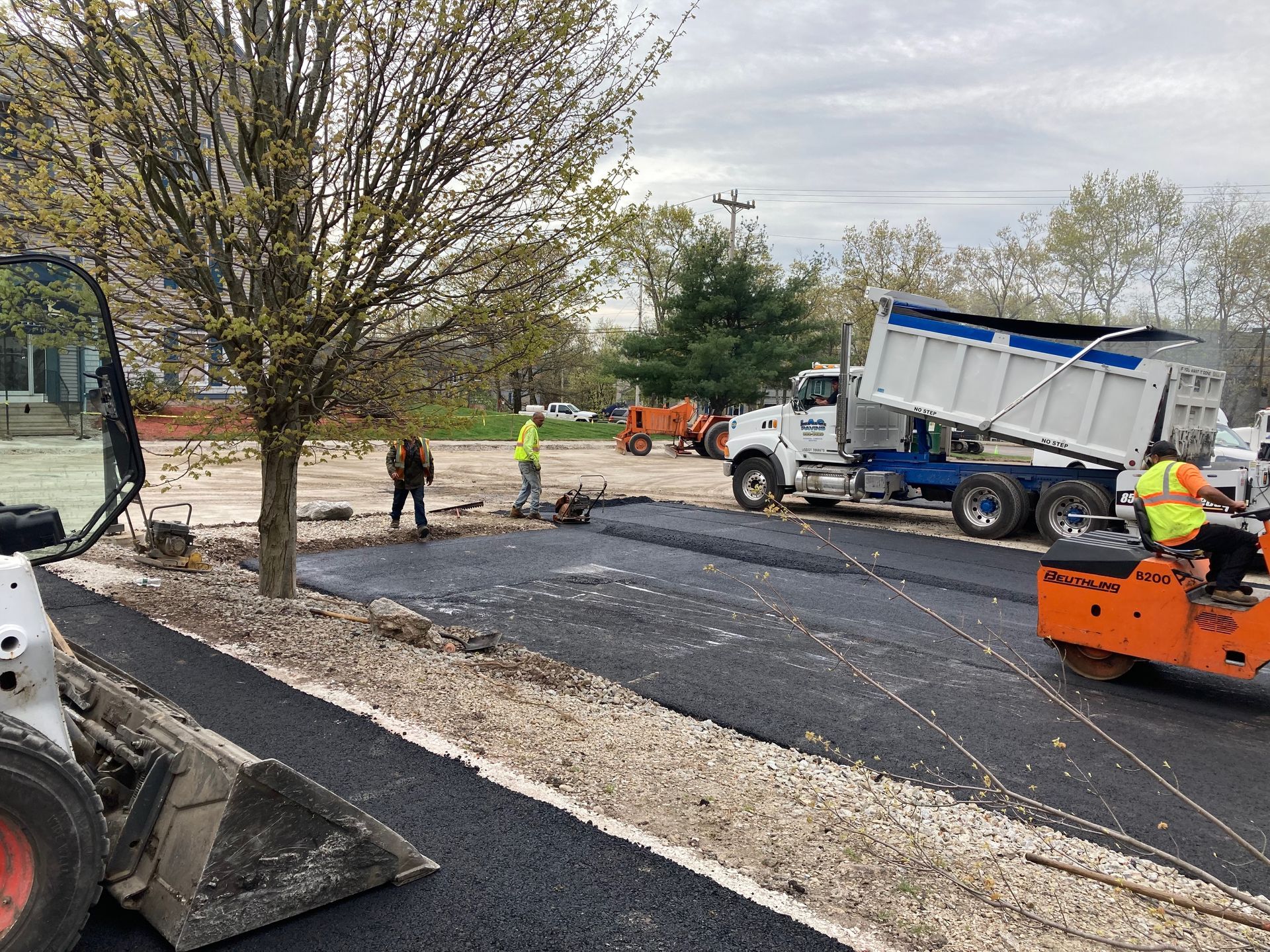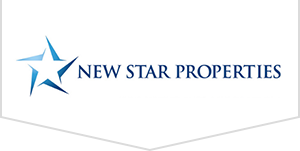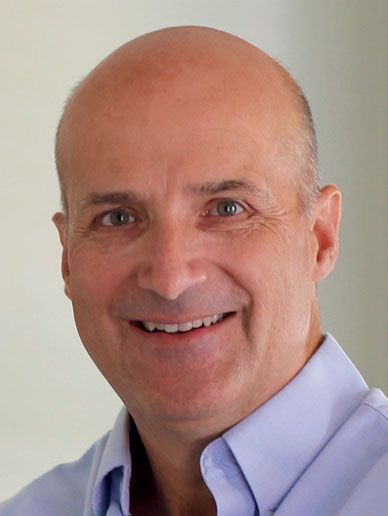Condominium Finance Challenges: Dealing with Aging Capital Assets with Insufficient Reserve Funds
Condominium Finance Challenges: Dealing with Aging Capital Assets with Insufficient Reserve Funds
Since condominium ownership started getting popular as early as the 1970’s, management companies emerged to handle the mechanical details associated with providing desired services to homeowner communities. As condo form of ownership was just gaining momentum and management companies started to respond to this new market, the emerging template from both condo boards as well as management companies focused on “keeping costs down”, keep any dues increase at bay, low, low dues was often the mantra of the day.
Spin this initial paradigm forward to today and older communities find that the major capital assets, such as roofs, parking lots, boilers and water systems are nearing the end of their useful life. When boards start to look for replacement funds, the reality of starving reserve fund monies becomes clear. There are insufficient funds for major replacements. Worse still, with communities now approaching 30 years old, multiple systems have all aged at the same time. The parking lots needs major work. The front step entries are sagging or rotting. Boilers are band-aided. The community is now facing multiple projects with clearly insufficient funds. What are the options for addressing these major projects when funds have not been adequately set aside?
First, there is always a path forward. Collaborating with your management team, various options are available. The initial step is recognizing the pending challenge to the association and understanding that aggressive action will likely be necessary to prioritize projects, secure funding and make necessary replacement before catastrophic failure results. Waiting for roofing, septic, or boiler systems to fail and then addressing under emergency conditions is worse than allowing the association to age without adequate attention to reserve funding sustainability.
Funding options for condo or homeowner association communities include dues increases, special assessments, and loan options. These funding techniques integrated with a clear understanding of capital replacement priorities and timing will allow a community to address the pressing needs associated with big ticket equipment and component replacements.
Before selecting a funding strategy, boards need to first understand the scope of what is required over the next several years. Ideally, a well managed community will have a recent (Within 4-5 years) 3rd party engineering reserve study that has projected replacement schedules and approximate costs for major assets. This reserve study typically outlines “end of year” target reserve balances necessary to fund projected capital replacements. How far off is the community from projects that will be emerging over the next couple years? Quantifying the immediate-to-3 year requirements will scope out the funding gaps. Major projects that are immediate (within 12 months or so) should be scoped and bid by your management team. This exercise not only validates costs that may have only been estimated in the Reserve Study, but this sets the table for the Board to begin vendor evaluations and scheduling installations.
With the dollar size identified, the Board begins to look at their funding options. It is not uncommon that communities that have notoriously underfunded their reserves and skimped on routine maintenance over the years are reluctant to significantly step up dues. While previous boards and management companies failed to make provision for capital replacement, the board facing immediate challenges will also likely face some push back from community members that are comfortable with the dues of the past and reluctant to make the significant jump that may be necessary. With this challenge facing the board, getting loan funding may appear the easy way out. The board can relatively easily get loan funding today and pay it off slowly anywhere from 5 to 20 years. Despite the fact that funding should have been provided in reserves, the classic fallacy argument is that it’s OK to fund long term assets with long term debt.
While loan funding may seem to be the “lowest pain” option and there is a “good sounding” rationalization for the loan, the pain will become much more apparent in the next budget year and the years following as a significant percentage of the association’s dues are effectively committed, or spent, before the year even begins. Our office routinely sees communities that have anywhere from 10% to 1/3 of their total dues collections dedicated to debt service. As inflation drives costs as well as the endemic increase in maintenance as facilities age, the decision to finance with a loan become much more painful years after the initial problem was solved with the relatively easy loan. In sum, loans are consider as a “last resort”. They have lasting impact for years and absorb community funds long after the replacement.
The “textbook” solution to a funds shortfall is either increasing dues or implementing a “Special Assessment”. Keep in mind that regular dues should be taking care of the normal operating requirements of the association, including keeping up with the recommended reserve contribution (by the Reserve Study). If reserve funds are so thin that extra funding is considered necessary, likely a significant dues increase is warranted. Likely, this increase in dues will not roll back as the community is playing “catch up”. While a dues increase is warranted, Boards may look at making significant incremental moves over a couple years to help the community adjust. This incremental option needs to be carefully managed. The community needs to be advised that a significant increase for the next budget year will likely be followed by another the year after. Being clear and candid with the community is essential to good management, even when there is “bad news” to report.
In some cases, problems have festered so long and become so costly that a significant increase in dues will not be a sufficient, stand alone, funding solution. Before a loan option is considered, Boards should review the prospect of a “Special Assessment”. This is typically, a one-time assessment to cover a specifically identified replacement demand. Again, the best funding solution comes from reserves that have been systematically accumulated over the years. However, the next best solution will be the Special Assessment. As painful as a special assessment may be, the pain is “over” once the assessment is paid. Unlike a loan that continues to absorb community resources for years, the pain is typically a one-time event. When a special assessment is applied, Board should be motivated to closely look at their reserve funding plans and commit to a strategy which will avoid the hard choices that may include a special assessment or loans in the future.
The goal of all communities should be to adequately maintain the facilities and grounds of the association, including long term replacements. Recognizing that boards often inherit the problems that were “kicked down the road” by earlier boards, it is still the best policy to make clear headed analyses of requirements followed by disciplined funding decisions. Once all of this is put together, engage your management team to articulate to the community what is driving the numbers. A clear presentation to the community will typically result in your neighbors drawing similar conclusions that have been reached by the Board. No one likes dues’ increases or bad news; but managing forward and addressing the root causes for underfunding is the best medicine for a community that finds itself facing serious capital replacement shortfalls.
About the Author – Tim Wege
Tim is the President of New Star Properties LLC. He began his career in corporate financial planning and analysis with a major chemical company in the mid –‘80’s. His career later moved from finance to product and market management, sales and sales management. Tim launched New Star Properties in 2015 with zero clients. Today, the firm manages over 3500 condominium units as well as multifamily and commercial properties. Known for its attention to budgeting and financial problem solving, New Star is among the fastest growing management companies in New Hampshire while experiencing some of the highest client retention in the industry.
For more information, contact Tim.Wege@NewStarPropertiesNH.com.


SERVICE AREA
New Hampshire
Northern Massachusetts
and surrounding areas
Business Hours
- Mon - Thu
- -
- Friday
- -
- Sat - Sun
- Closed









Share On: